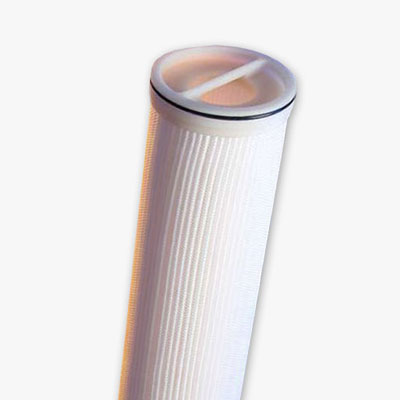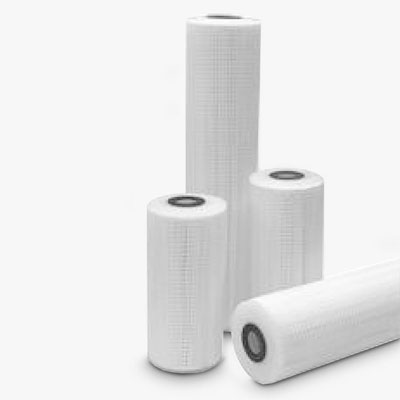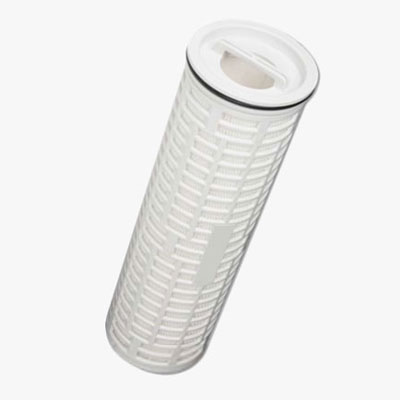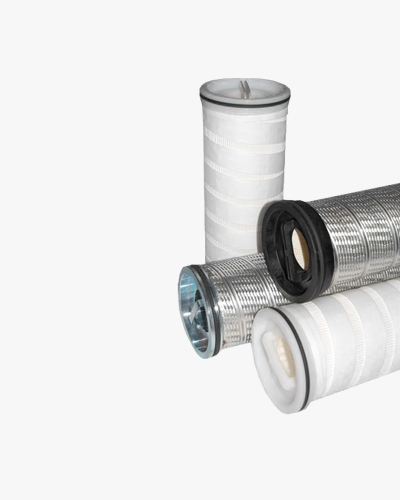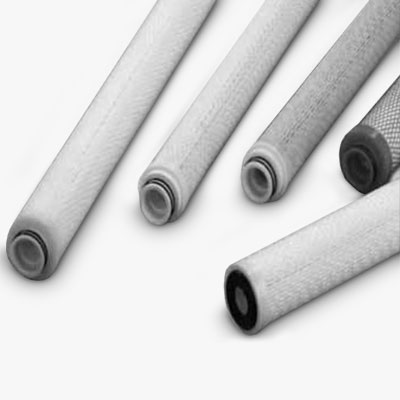A key point is that Reverse Osmosis membrane is expensive, and it needs to be protected. Melt blown filters, string wound filters, and pleated filters are commonly used to protect RO membranes. Pre-filtration (cartridge or depth filtration) is perhaps the most important part of a satisfactory performance of RO unit after the RO membranes themselves. The ability of depth and cartridge filters to remove suspended particulates, colloids and larger color causing organics (NOM) from the feed stream greatly impacts the performance and longevity of any RO equipment and specifically the high performance units.
Another type of filter that is often used for RO pre-filtration is membrane cross flow filtration (ultrafiltration or microfiltration). Chlorine, which is present in many water systems, can also damage some types of RO membrane, and for that reason activated carbon filters can be included as part of a pre-filter protection regime.
High flow cartridge filters
Ölof Filtration Teknologerna AB has developed a variety of high flow filters with low pressure differential. Our engineers will help you find the right one depending on the conditions of the untreated fluid and the requirements of the RO system.
Cross flow membrane UF
The Ölof Filtration Teknologerna AB cross flow solution will ensure a longer RO membrane working life. Our engineers will help you find the right one depending on the conditions of the untreated fluid and the requirements of the RO system.
Cross flow membrane UF
In Ultra-Filtration using Crossflow Membranes the feed is passed through a membrane or bed, the solids being trapped in the filter and the filtrate being released at the other end. Cross-flow filtration gets its name because the majority of the feed flow travels tangentially across the surface of the filter, rather than into the filter.
Having the tangential flow will wash in some degree the filter cake itself so the filter will not clog as easily and the service life of the filter will be longer and this will also enable the process to be continuous and minimize the downtime for filter change outs.
Cross-flow membrane filtration is the technology of choice for many industrial processes that require the separation or concentration of products without the application of heat. There are applications throughout the food, dairy, pharmaceutical, biotechnology and starch and sweetener industries in which membrane filtration excels.
Benefits compared with other methods of separation include: accurate separation of multiple streams; reduced risk of damage especially for heat-sensitive products; no loss of nutritional value or clinical efficacy; reduced energy consumption; reduced waste disposal costs; higher yields; and greater flexibility for new product development.
It is akin to reverse osmosis (RO), microfiltration (MF), and nanofiltration (NF), with each technology distinguished by the size of the molecules it retains.
Also this type of filtering system can be very useful when there are components in the retentate that we want to preserve or recuperate
from the fluid (i.e. catalyzers).
For this filtering process it is recommended to use a pre-filtration system to increase the service life of the filter media.

